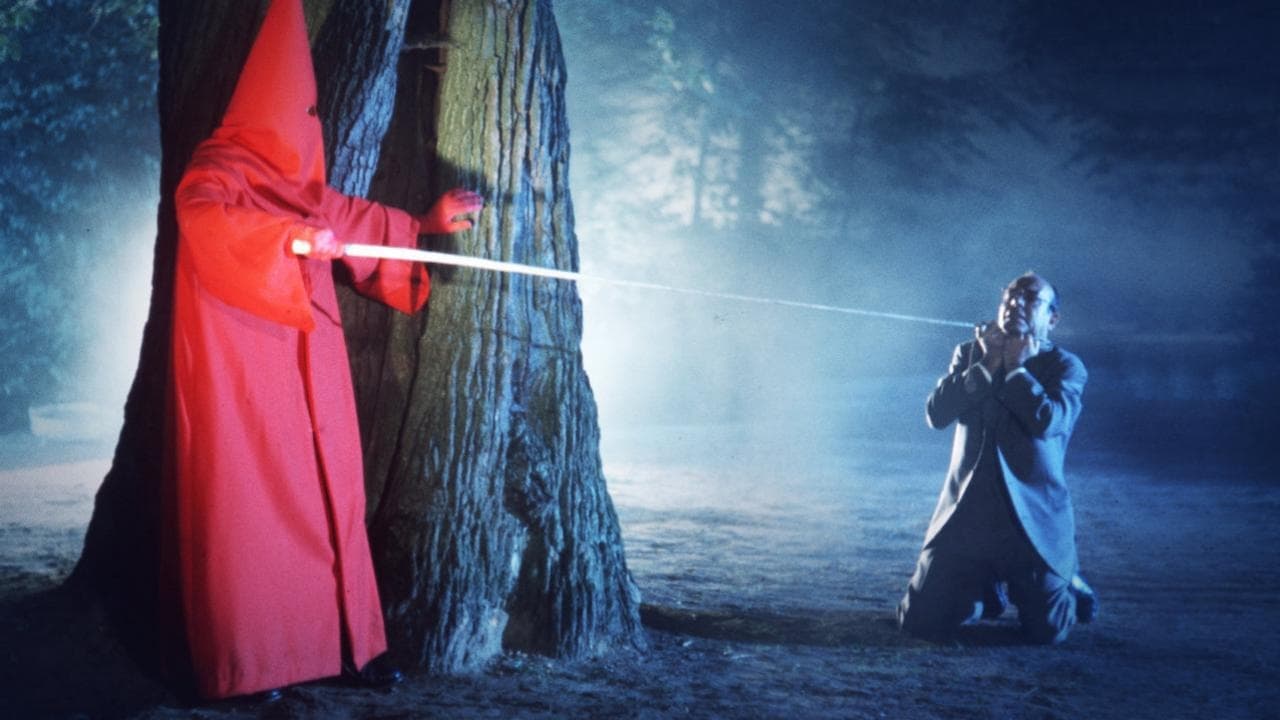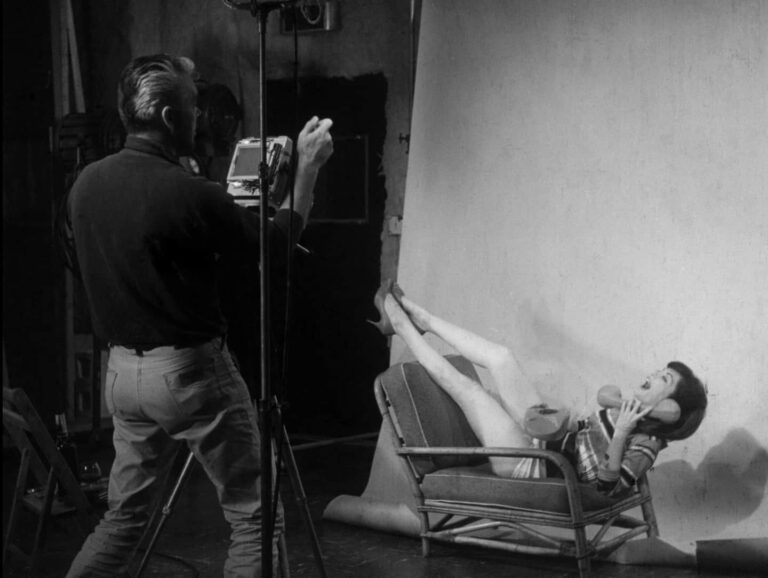![]()
The College Girl Murders (1967) Directed by Alfred Vohrer
Among the slew of film adaptations of Edgar Wallace’s mystery thrillers produced by Rialto Film, Alfred Vohrer’s The College Girl Murders was the one that first caught my interest. The eccentric premise of this labyrinthine stylized whodunit engages in so many perverse subtleties and sexual innuendos – bathed in a glorious Hammer-esque polychromatic glitz – that it meritoriously catches the voyeuristic gaze of its intended audience just by the over-the-top persuasive employment of those eccentricities. Perhaps that explains why I was so enthralled watching Inspector Higgins (Joachim Fuchsberger) trying to unravel the far-fetched sordid tale of a young college girl murdered by opening a poison-spitting bible. But that’s not all, he also investigates the bizarre case of a maniac dressed in a red Ku Klux Klan-like robe who prowls the environs of a boarding school carrying only a deadly whip.
At times spontaneously playing at being a goofy proto-slasher, at others unwittingly playing at being a James Bond travesty – in effect, it’s a film that draws on many of the idiosyncrasies of popular ’60s European filmmaking – it feels like the ultimate cockamamie murder mystery story that no one is familiar with, yet only feels like it, but isn’t. The free-flowing blocking of actors matching the oily, ostentatious camera motions is pure absent-minded style, while Vohrer’s visual storytelling invests all its time in it, the story collapses into a very stilted and awkward automated storytelling.
It is unsystematic, Vohrer’s helming method uses disorder as a subterfuge to fool us into believing that the puzzle is complex and unguessable; even when the intricate introductions of suspicious characters – there are many of them – manifest a certain wit in laying out a meticulously cunning mosaic of personalities, they ultimately reveal themselves as artifice embedded in the circuitous plotting. It’s underwhelming because the bizarro ambitious whole had the multifaceted potential to suggest something mighty bonkers in its denouement, yet it all falls apart when we learn that this whole grand homicidal nefarious scheme actually has bland mundane ulterior motives rather than extraordinary purposes. If you’ve seen the ending, you’ll get this last remark, and if you haven’t, you’ll see.









